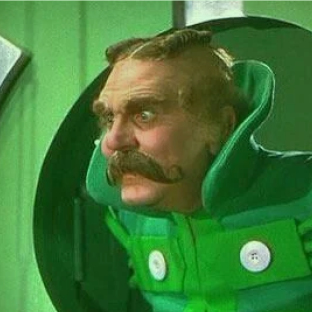Re-branding educational and nonprofit institutions can seem more like walking a managerial tight-rope than leading a transformative creative exercise. How do you get the buy-in from your left-brain educators and inspire them to become brand ambassadors?
How do you inspire your administration to become brand ambassadors?
At Colleges and Universities, you may work with highly educated professionals who often excel at left-brain functions but may not be as right-brain focused when it comes to building a new visual brand. Corralling all the smart people in the room and getting them involved is challenging, yet critical. Before you can market a new identity for your college or university, you need to create brand ambassadors by getting your leaders and key decision-makers on board. We have worked with dozens of educational institutions and nonprofits to successfully launch branding and marketing programs where we’ve learned how to break through barriers, build consensus and demonstrate how to present brand concepts for key marketing activities like recruiting students, attracting top faculty and building loyalty with alumni.
First you need to manage competing personalities, including the “Know-it-all administrator,” who is book-smart and decisive but may be your most difficult client. Or the “I’ll-know-it-when-I-see-it dean” who dabbles in the creative arts but doesn’t know how to create the brand that you need. Or the “Wouldn’t-know-it-if-it-bit-you-in-the-back department chair” who is great at scheduling and analytics but can’t really understand why the university even needs a branding system.
The know-it-all type
Smart and decisive people often become the leaders of institutions. They tend to be self-assured, ready to defend themselves and capable of shooting down any idea that they don’t like. When working with this type it’s even more important that each brand concept should be accompanied by a brief that describes why this combination of typography and colors expresses the right tone for representing the organization. Be prepared and ready to make a case for each branding concept with rationales to defend your reasoning.
How can you channel the competitive nature of the know-it-all type? Play games! We created a word-game that engaged a team of combative lawyers at an IP law firm and got them on task in defining the key attributes for a new brand.
The danger of the “I’ll-know-it-when-I-see-it” type
“I’ll know it when I see it,” Justice Potter Stewart’s threshold test for obscenity is not a good criteria for establishing a new brand. The visual types who love to talk about logos and their favorite brands are often seen as the perfect audience for branding programs. Every brand needs a good story and they already profess a love for themes and symbols. They are often eager to hear stories but they also think they already have the answers. Presenting rationales can be more challenging for this group. Our solution is to provide lots of visuals and let them react. For visual thinkers, the less talk the better. When I designed a business card for my brother he looked at the layouts as I explained my design thinking and he said, “Shut-up, I’m thinking!” Sometimes you need a brother to speak the truth to you. For visual thinkers, it’s good to remind them that the heart and soul are the keys to delivering an emotionally strong solution, then let them experience the design on their own terms.
The “wouldn’t-know-it-if-it-bit-you-in-the-back” types
The analytical type of leader can read a spreadsheet with stats, revel in metrics, outcomes and averages but be clueless when it comes to evaluating brand messages and themes. When working with a team of doctors we found out the hard way. Creative “dreaming” exercises are outside of doctor's comfort-zone. I was initially surprised at how tough it was for the doctors to answer questions about brand personas. Doctors are trained to look for patterns, follow evidence-based protocol and stick to the facts. Doctors are trained to look at stats, not to dream about possibilities. There is nothing wrong with that, that’s why they are doctors.
For analytical thinkers, it’s important to clearly articulate your reasoning and have evidence to substantiate it. So, we learned not to discuss the aesthetics of color, but rather explained that color selection is based scientific studies that show how people react to colors.
Creating a successful communication process
To be effective, keep in mind that there are multiple intelligences at work in your audience. To make brand ambassadors in your organization you need to get all of the different types of leaders and decision-makers on board. Your audience is made up of people with different perspectives who have conflicting job requirements and agendas. The challenge is to unify everyone around common goals. A brand can build up your school for fundraising, recruiting students, attracting top faculty, and raising your level of prestige. Be sure to include elements in your presentation that appeal to the different ways that people process content. This means your successful presentation must be a balance between the analytical and the visual.
Back to Insights




